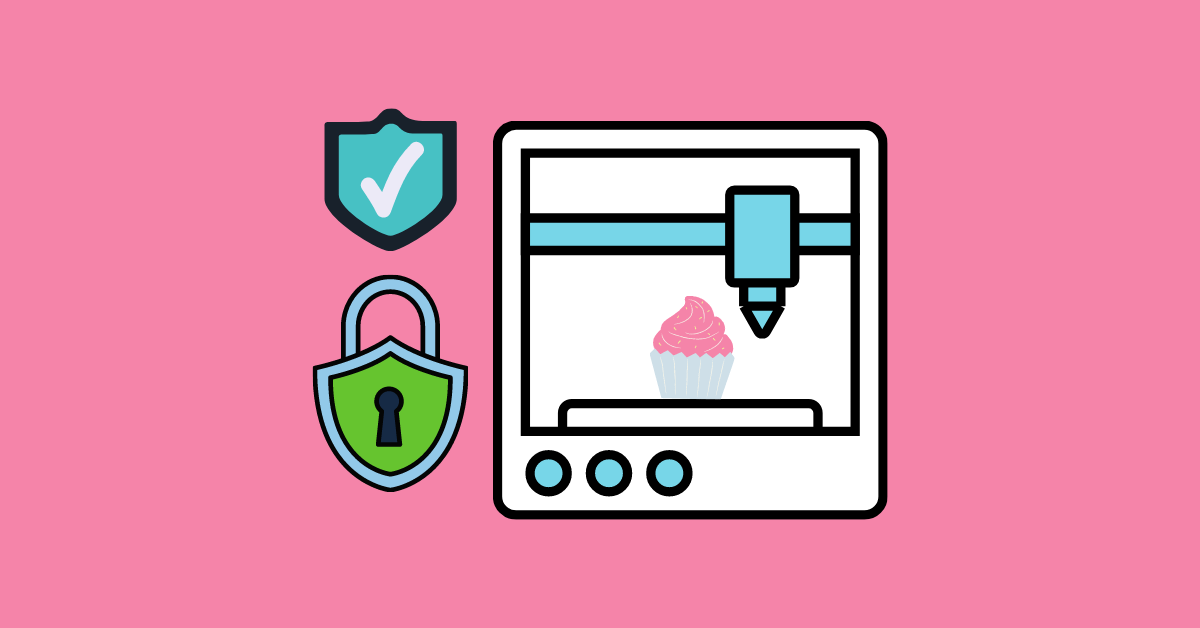Use of 3D Printing in real life
3d printing is heralded for its ability to make all sorts of things, ranging from jewellery through to machine parts, but one thing it isn’t known for is being food safe.
After all, the materials that most 3d printers (FDM printers) use are a far cry from what we’d usually associate with edible items.
Those who have eaten a part of a 3d printed object will know this quite well – despite tasting fine while it’s in your mouth, you find your lips and tongue quickly going numb after putting it down.
How to make 3D Printing food safe
A lot of filaments can be used as a food product. However, that should be taken into consideration before using any material in a commercial kitchen. The few things that I’m talking about here to avoid any confusion are:
1) The filament itself (and let’s face it, if you’re trying to print something edible, so far 99.9% of the time this is going to be a part of the equation).
2) Nozzle size – I have seen a lot of people mention that 3D printers create a lot of heat and therefore can lead to a fire risk in a commercial kitchen environment. However, take note here that most filament melts at around 200 °C-250 °C, which is less than your average cooking oil.
3) Excess heat from the nozzle itself – This one isn’t as serious as it sounds, however printers that use very small nozzles combined with higher speeds may actually burn or char the outside of some food items.
4) Nozzle size – This is one I’ve heard mentioned a few times but simply does not make sense… Having had experience in both 3d printing and conventional cooking, I can’t really imagine how this would be an issue. If anything, it’s better that the nozzle is small! (Only kidding).
So there you go; most filaments are perfectly safe for use around foods, resulting in great tasting prints.
There you have it, a quick run down on how safe 3D printing is. I hope this was helpful to those of you looking into starting your own food printer business, or even adding a service like that to your existing company.
Takeaways
Don’t forget, if 3d printing is food safe or not isn’t as big as some other factors one must consider before getting started with any sort of additive manufacturing project.
If anything, these days most FDM printers are perfectly fine for using food grade plastics but do keep in mind that some organic solvents may be released from certain types of filament which might not necessarily be food safety approved materials.
At 3D Motifs, we love to yap and nerd out about all things related to 3D Printing. Here are some of the most common questions we’ve been asked and that we have answered:
Want to learn how 3D Printing was invented?
What materials do you need for 3D Printing? 3D Printing can integrate a variety of materials into its techniques. Printing can be used with various plastics, metals, as well as glass. Although fabrics can’t be used for 3D printing yet, there are several techniques to print in 3D on top of all common fabrics.
With the latest tech, this integration of different materials ensures that 3D Printed materials are strong. Metals provide strength in 3D printed objects, with titanium being the strongest 3D printed material.
Common problems with 3D Printing.
We’ve also answered specific topics like how much filament to use, the difference between 3D Printing and 4D Printing, the best 3D printing apps, and the link between 3D Printing and photogrammetry.
If you have any questions about 3D printing food safe, drop them below, and we’ll get to the bottom of it. Until then, happy printing!


2 thoughts on “Is 3D Printing Food Safe?”
I was very happy to uncover this page. I need to to thank you for ones time just for this fantastic read!! I definitely liked every little bit of it and I have you book-marked to see new information in your site.
Great read! Due to its recent rise in popularity, many people are wondering if 3D printing food is safe. Although there is still much research to be done on the topic, some scientists believe that 3D printing food could be beneficial in terms of food safety. One of the advantages of 3D printing food is that it would allow for more accurate portion control. This could potentially lead to less food waste and fewer instances of overeating.